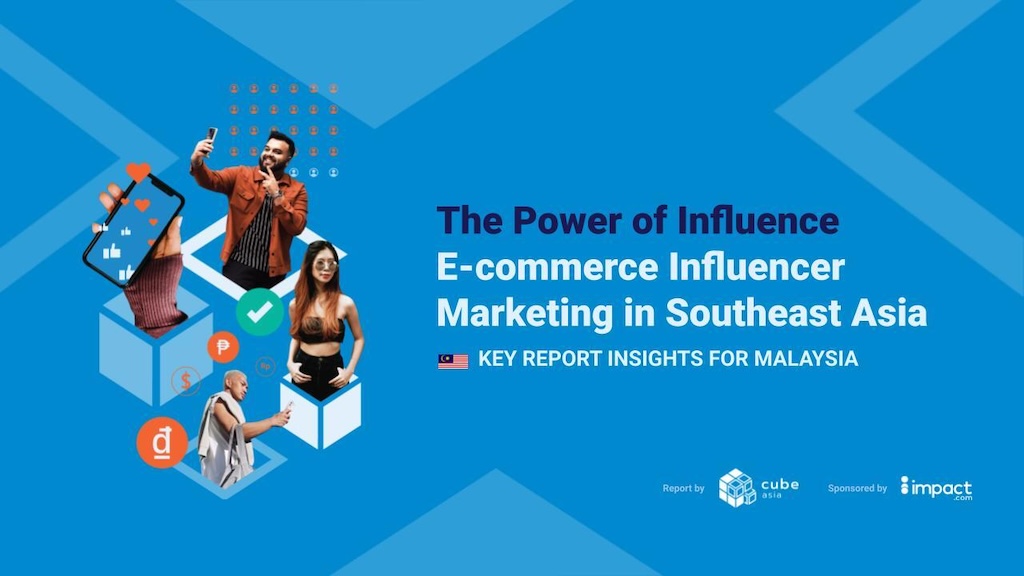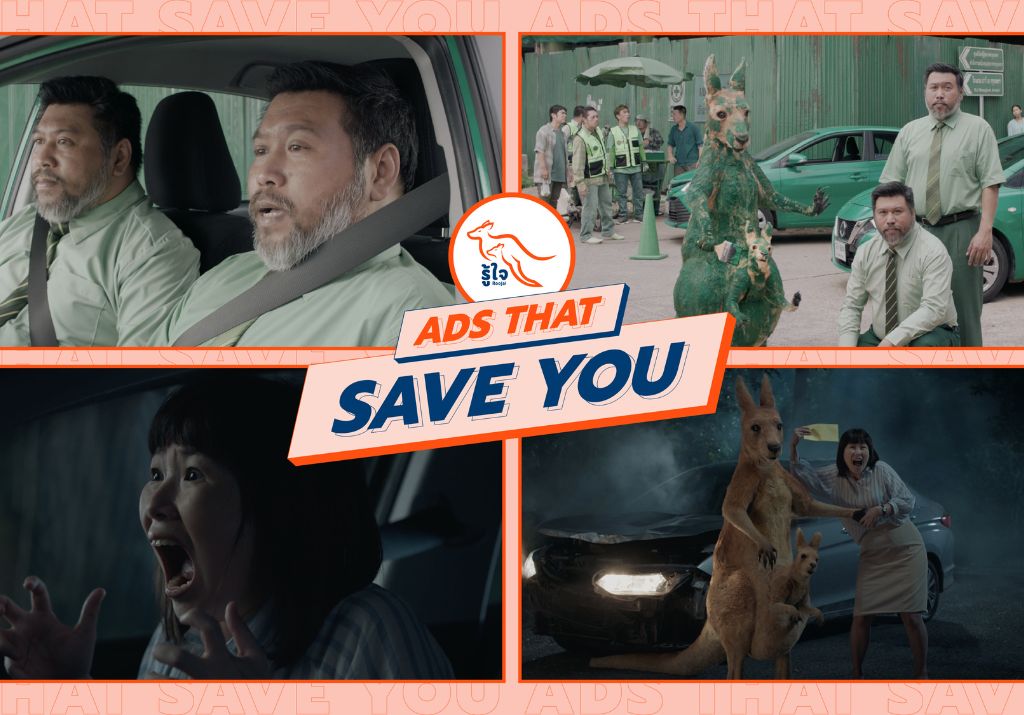
How influencer abundance is transforming the brand approach
Word associations are an important part of marketing. For example, when we think of ‘influencers’ we tend to think of a few famous personalities such as PewDiePie, Kylie Jenner and Zoella. It’s understandable – these are the names that existed three or four years ago when influencer marketing was just taking seed.
Since then the world of influencers has evolved and expanded from a small pool of YouTube channels to a staple part of cross-channel marketing with a sea of talent for brands to partner with.
Earlier this month Media Monks announced a merger with influencer agency IMA, that brought with it a 40,000 strong influencer roster. Staggering as this might seem, we’ve yet to see the peak in the influencer marketing growth curve.
The latest IAB UK report found 30% of those who use influencer marketing say their businesses are planning to increase spend on influencer marketing over the next 12 months. Moreover, roughly the same proportion of those who use influencer marketing (29%) identify the source of influencer spend as new budget.
IAB UK’s Ad Tech and standards manager Tina Lakhani explains; “Influencer marketing has proven so scalable because each of these personalities could open the doors to an entirely new and highly engaged audience.
“It’s interesting to note the trend of marketers working directly with influencers. According to our latest report, as many as 53% of marketers report that they still collaborate one-to-one with influencers, however with 37% encountering difficulty with finding the right influencer, it will be interesting to see how the industry evolves to counteract this.”
However, this tendency to work directly with influencers could prove a double-edged sword. While brands can foster a close understanding of the kinds of content that work best for each personality, one-to-one relationships can impose significant restrictions on a marketer’s ability to scale influencer marketing programmes.
With the pool of available talent growing at an unprecedented rate, the IAB highlights that finding the right influencer is now listed among the top challenges for 37% of marketers who have already used influencer marketing before. As Lakhani says, “This creates a huge opportunity for experts in the field to collaborate closely with marketers to optimize performance”.
Choosing an influencer partner
One governing reason for the challenge marketers face when choosing influencers to partner with is cost, which was highlighted by 39% of the marketers surveyed by the IAB.
Recent estimates put the proportion of overall marketing budgets set aside for influencer-led campaigns at 40% by the start of 2019, compared to just 24% in 2017, according to Rakuten Marketing research. This equates to UK marketers setting aside an average of over £800,000 for influencer campaigns each year.
The key question is how many influencers does this budget get you? Looking to answer this, Rakuten Marketing’s original study in 2017 found that UK marketers were willing to pay more than £75,000 to celebrity influencers for a single Facebook post promoting their brand. Two years later this figure has fallen to £25,000 per post.
When deciding where to put their budget, the sheer amount of influencers extending beyond traditional celebrities shows how far the industry has come.
Many brands now understand the value of not working purely with celebrity influencers that may have a large audience but also investing in more niche and relevant micro-influencers who will provide a higher return on investment.
When looking at a list as expansive as the IMA’s 40,000, marketers will need to be in a position to make practical business choices on influencer marketing.
Data-based partnerships
The challenge is that marketers have historically opted to treat influencer marketing in a different way to other affiliate marketing channels. Rather than basing measurement around sales, marketers have accepted views and likes as a means to determine the effectiveness of their influencer partners.
Discrepancies around measurement have potentially inhibited growth. IAB UK reports that 47% of marketers that use influencer marketing still call out measuring effectiveness as their biggest challenge when working with influencers, proving the enduring need to change how brands work with influencers to bring it in line with other performance marketing channels.
However, despite this, 53% of marketers agree that influencer marketing is “high impact and delivers business results”.
Utilizing data to identify suitable influencers – not just in terms of reach but also relevant topics and audiences – in an automated way enables marketers to find effective influencer partnerships more efficiently.
Not only this but working directly with influencers as so many marketers do today and maintaining an objective view of performance as well as all of the alternative channels for spend can feel next to impossible. This is the intrinsic value of the network – a means to unlock this perspective.
The new brand approach
The ever-intensifying lens with which influencer marketing is examined could well stem from the seniority of marketers now involved in the management of these campaigns. The IAB highlights over two-thirds of online marketing decision-makers are now currently involved in the buying or planning of influencer advertising campaigns.
The silver lining here is the progress that has been made. In 2017, Rakuten Marketing found that 86% of marketers said they were uncertain about how fees should be calculated, while 38% were not able to tell if a campaign drove sales.
Fast forward to the present day and 30% of marketers now ‘completely’ understand how influencer fees are calculated and only 29% remain unsure of whether campaigns are driving sales.
Accordingly, the IAB sets out 82% of those responsible for influencer marketing spending state they were planning either to increase their spending or carry on at the same rate.
Where Media Monks and other similar companies in the space, can benefit is by utilizing this opportunity to deliver the right influencer consultancy to their clients.
As the IAB and Rakuten Marketing’s research proves, these marketers may be feeling overwhelmed by the wide choice.
Ensuring a well-aligned partnership that still feels natural to consumers is the number one priority. Avoiding any influencer faux-pas is essential to safeguard their audience and current and future profits.
Influencer marketing has matured very quickly. Influencers can be superbly positioned to understand the values and preferences of key audiences – but this is never unique.
Marketers must be pragmatic. With so many direct relationships in place with influencers today, it’s important to remember the options available and the opportunity cost of ineffective spend.
source: http://www.thedrum.com
MARKETING Magazine is not responsible for the content of external sites.










